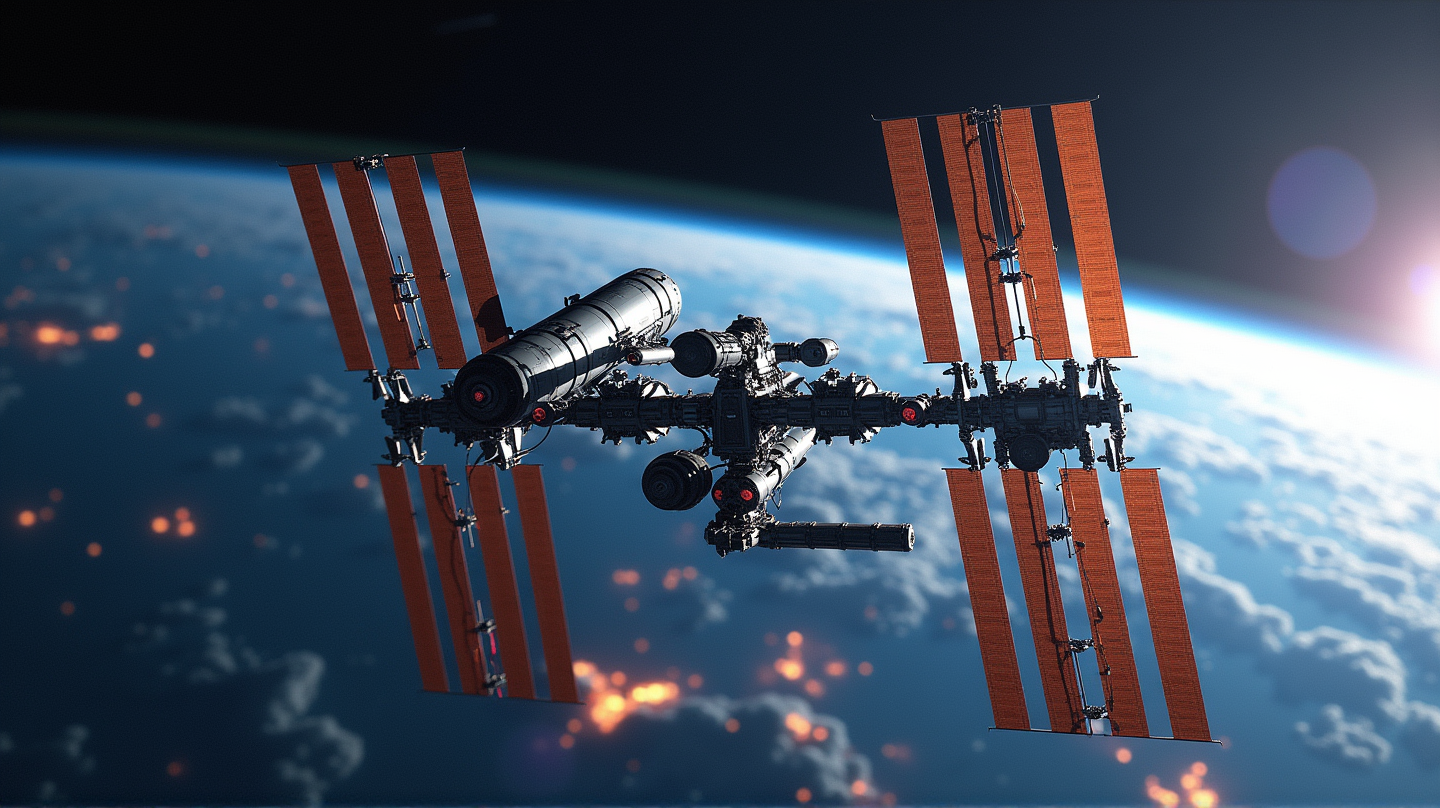Innovative Research Heads to the ISS with New JAXA Cargo Vehicle
The launch of JAXA's HTV-X vehicle marks a significant step in bringing cutting-edge research projects to the ISS, benefiting humanity and commerce.

A New Dawn for Space Research
On October 26, 2025, the Japan Aerospace Exploration Agency (JAXA) launched its groundbreaking HTV-X cargo vehicle, destined for the International Space Station (ISS). With a mission to fortify the bridge between Earth and space, this advanced spacecraft ensures that scientific dreams have a channel to the stars.
Unveiling the Potential of HTV-X
Designed to be more efficient and versatile than its predecessor, the HTV-X facilitates the delivery of vital supplies and scientific payloads. As an embodiment of international cooperation in the cosmos, this vehicle is set to undertake multiple journeys to the ISS, carrying groundbreaking projects that promise to transform life on Earth.
Projects Aboard the First Mission
Among the treasure trove of more than 20 projects, 15 will leverage the MISSE Flight Facility – a beacon for accelerating material and technology testing in space’s unforgiving embrace. This facility owes its existence to the ISS National Lab Commercial Service Provider, Aegis Aerospace, who are pioneers in exposing payloads to the cosmos’ harshest conditions.
Testing the Frontiers of Technology:
- 3M’s Innovative Films: Known for pushing boundaries across industries, 3M will evaluate cutting-edge film technologies. These films may position the company at the forefront of space technologies, with unique electrical, optical, and environmental traits.
- University of Notre Dame’s Biosensing Enhancement: With a legacy of innovation, researchers will explore lightweight, high-strength composite films. Applications range from inflatable habitats to protective suits, marking a leap in space-safety technology.
- BULL’s Trailblazing PMD Devices: Poised to revolutionize post-mission strategies, BULL’s materials tests could pave the way for autonomous satellite deorbiting – a crucial step in mitigating space debris risks.
Space Tango’s Mambo Facility
Joining this fleet of innovation is Space Tango’s Mambo facility, which brings automation to space research. Enhanced for larger and more intricate experiments, it heralds a new era of space research with minimal astronaut touchpoints.
A Legacy of Exploration
With over two decades of human presence aboard the ISS nurturing more than 4,000 research investigations, the station remains a cradle for advancements enriching life on Earth. According to International Space Station National Laboratory, the contributions and collaborations will continue to break boundaries in humanity’s quest beyond the skies.
Embrace the opportunities flowing from this space venture. Witness how boundaries are pushed, lives improved, and futures reimagined as we journey from Earth to the stars.

